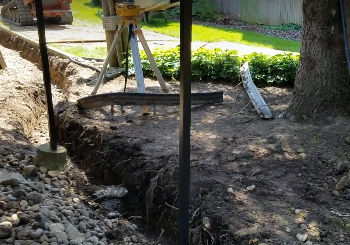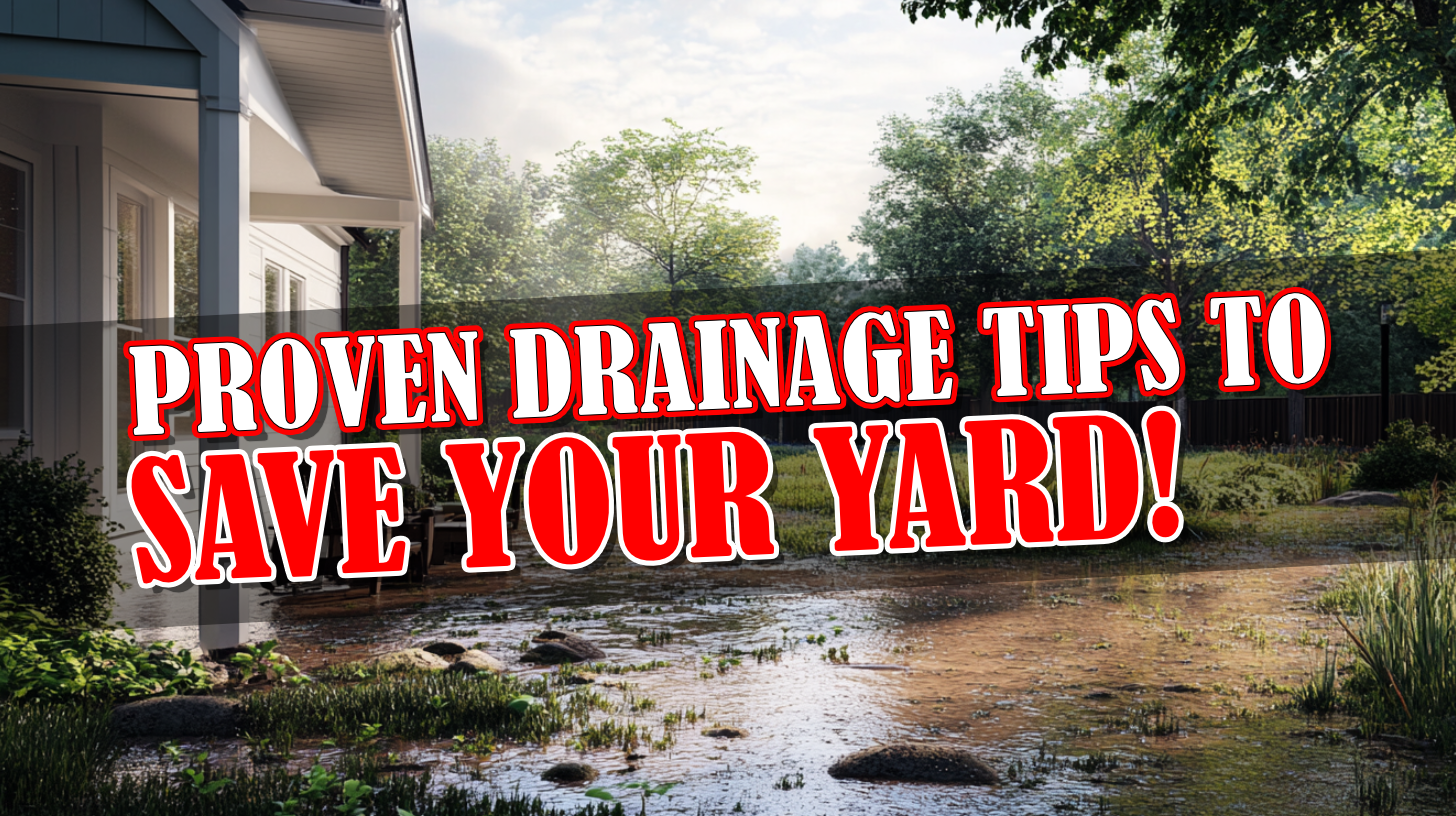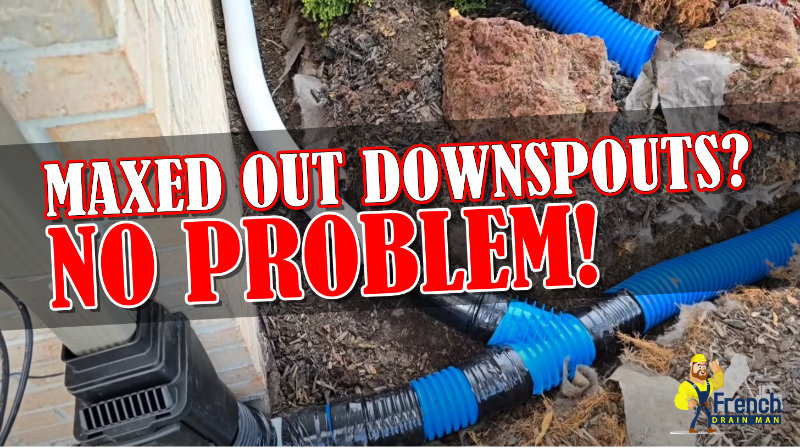4-inch vs 6-inch Corrugated Pipe for Open French Drain
 As a yard drainage contractor, it’s always very helpful when the homeowner takes pictures during these rain and flood events. Take pictures to help the contractor so they can see it at its worst so they know what they’re up against. I can walk on a job and I could see the collection areas. It’s easy to find the low lying areas, but there’s nothing like a picture showing just how bad it is.
As a yard drainage contractor, it’s always very helpful when the homeowner takes pictures during these rain and flood events. Take pictures to help the contractor so they can see it at its worst so they know what they’re up against. I can walk on a job and I could see the collection areas. It’s easy to find the low lying areas, but there’s nothing like a picture showing just how bad it is.
What’s happening here is this home is built higher, so you have a grade that comes down here. They had an inlet basin here and there was another one right over here. Those were the two low points. They’re trying to collect all the water in that system, that system would get overwhelmed. They’re four-inch pipes.
We’re building a system that’s going to move a lot of water, a four-inch pipe. I’ll move 240 gallons per minute. A six-inch pipe will move 550 gallons per minute. Now, this is under, this is under gravity, pumps systems change, all that. That’s our six-inch yellow that we’re using. That’s going to move some water, 550 gallons per minute. We’re going to take care of this problem.
We’re putting in an open French drain system. We dug out all this heavy soil and we’re gonna line that with our filter fabric, our soil separator, and we’re going to do our burrito wrap as you’ve seen her previous videos. We’re going to then top dress it with stone. It’s going to be an open French drain. This tree was three feet when it was brought here, very small tiny tree. As the roots grew and more wood built up in the subsoils, it raised the ground. So, it took a lot of that area that that water used to be displaced away, so that creates a compounding problem. As landscapes mature, you wonder why your properties are changing in the way they drain. That’s one of the reasons right there.
For a yard drainage contractor give us a call at 248-505-3065.








